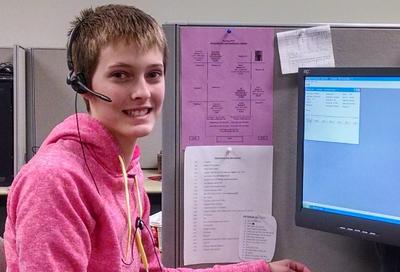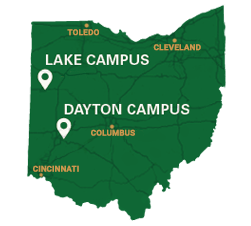
Wright State University’s Center for Urban and Public Affairs, working in partnership with Talbert House, developed a 21-question survey instrument based on questions developed and tested by the Centers for Disease Control and Prevention and the Ohio Family Health Survey. The survey instrument was pilot tested in concert with WSU Social Work Course 722. Wright State surveyed over 400 households from February 4 to April 7, 2012 to inform Talbert House’s analysis. CUPA manages and operates a Survey Research Laboratory, and therefore, trained interviewers from the laboratory conducted interviews with a supervisor accompanying teams of interviewers during each field interviewing session. CUPA supervisors provided interviewer training for the graduate social work class that assisted on this project as a service learning opportunity to engage those students in actual primary data collection experiences. CUPA interfaced with the professor and graduate students of SW722 throughout the quarter to ensure learning objectives were met.
The Talbert House was recently awarded the FQHC (Federally Qualified Health Center) grant they were seeking, with odds of winning less than 3%. According to Dr. Michael Oberdoerster, medical director of Talbert House, CUPA played an important role in this award: “HRSA (US Department of Health and Human Services) put a lot of emphasis on health disparities and we were able to show them. All of that door-to-door data collection in the cold months of the year paid off!”
The FQHC grant will provide Warren County with a health center that offers a sliding fee scale, provides comprehensive services, has an ongoing quality assurance program, and a governing board of directors. It will qualify for enhanced reimbursement from Medicare and Medicaid as well as other benefits.
Talbert House, in Cincinnati, is a community-wide nonprofit that operates within five services lines: adult behavioral health, community care, court and corrections, housing, and youth behavioral health. Each year the Talbert House serves over 31,000 clients face to face and an additional 51,000 are reached through prevention services throughout Greater Cincinnati.

